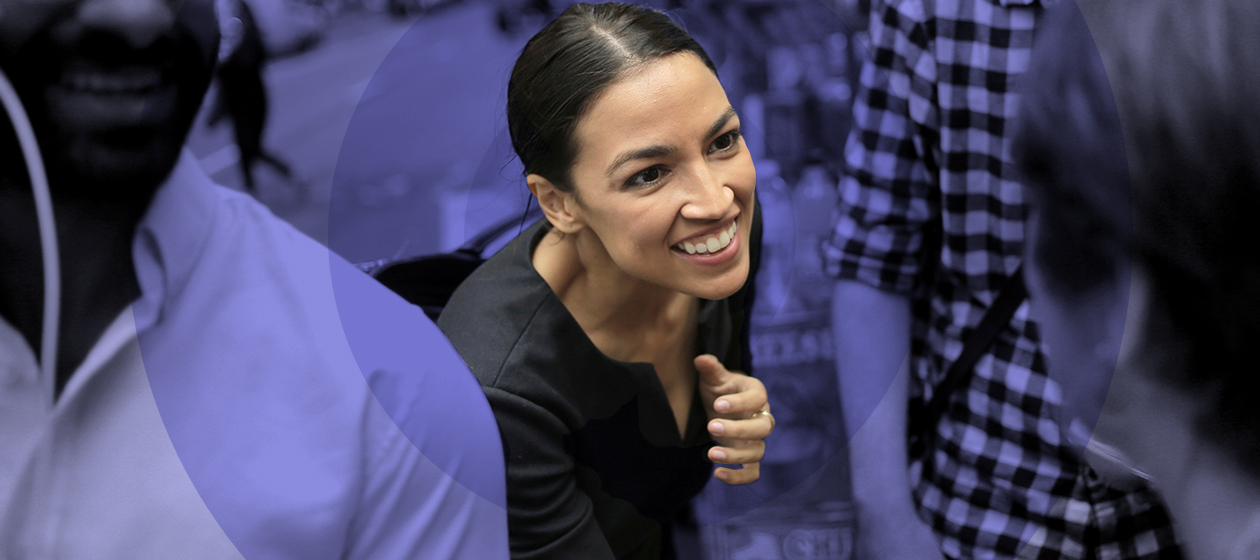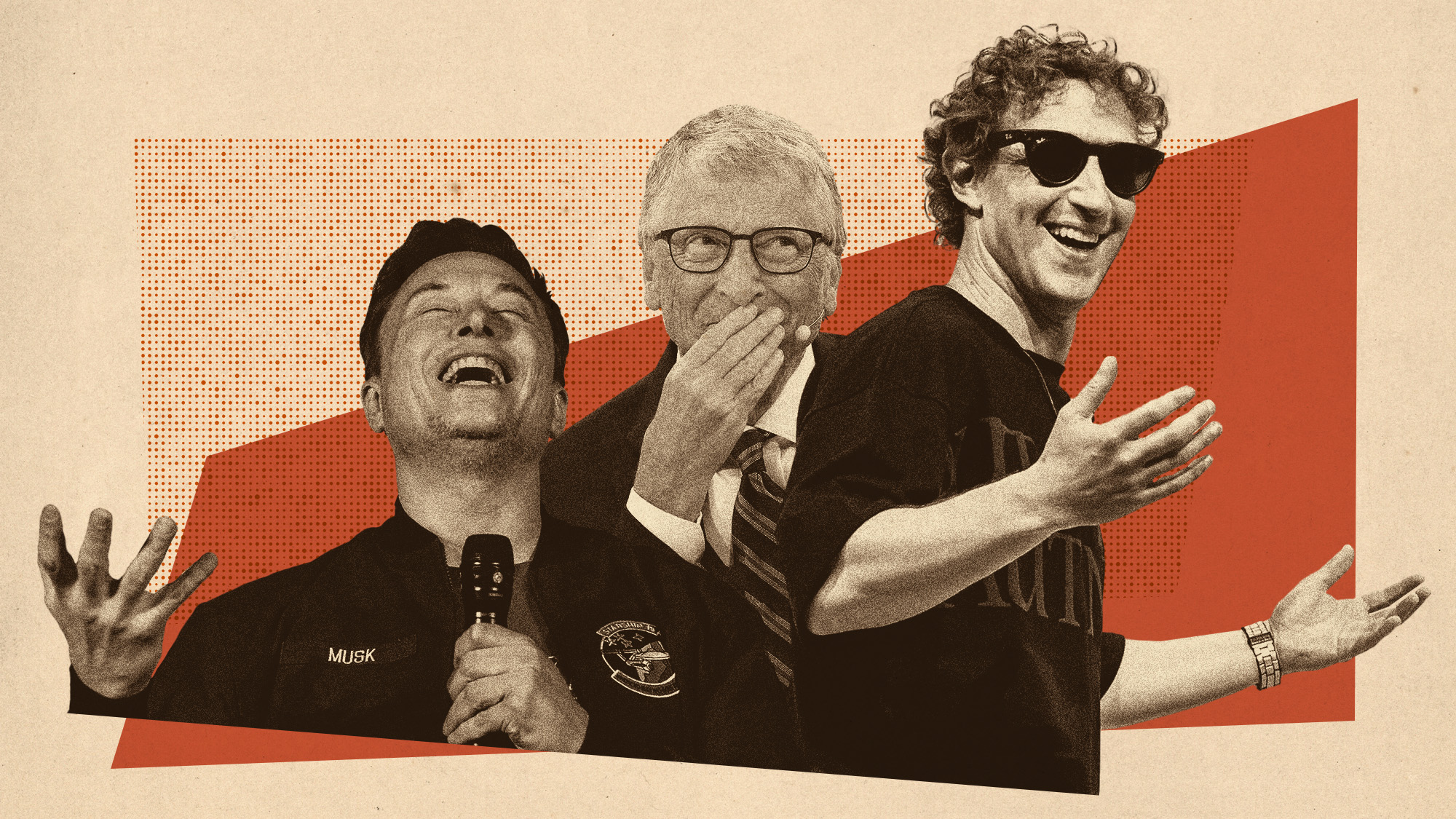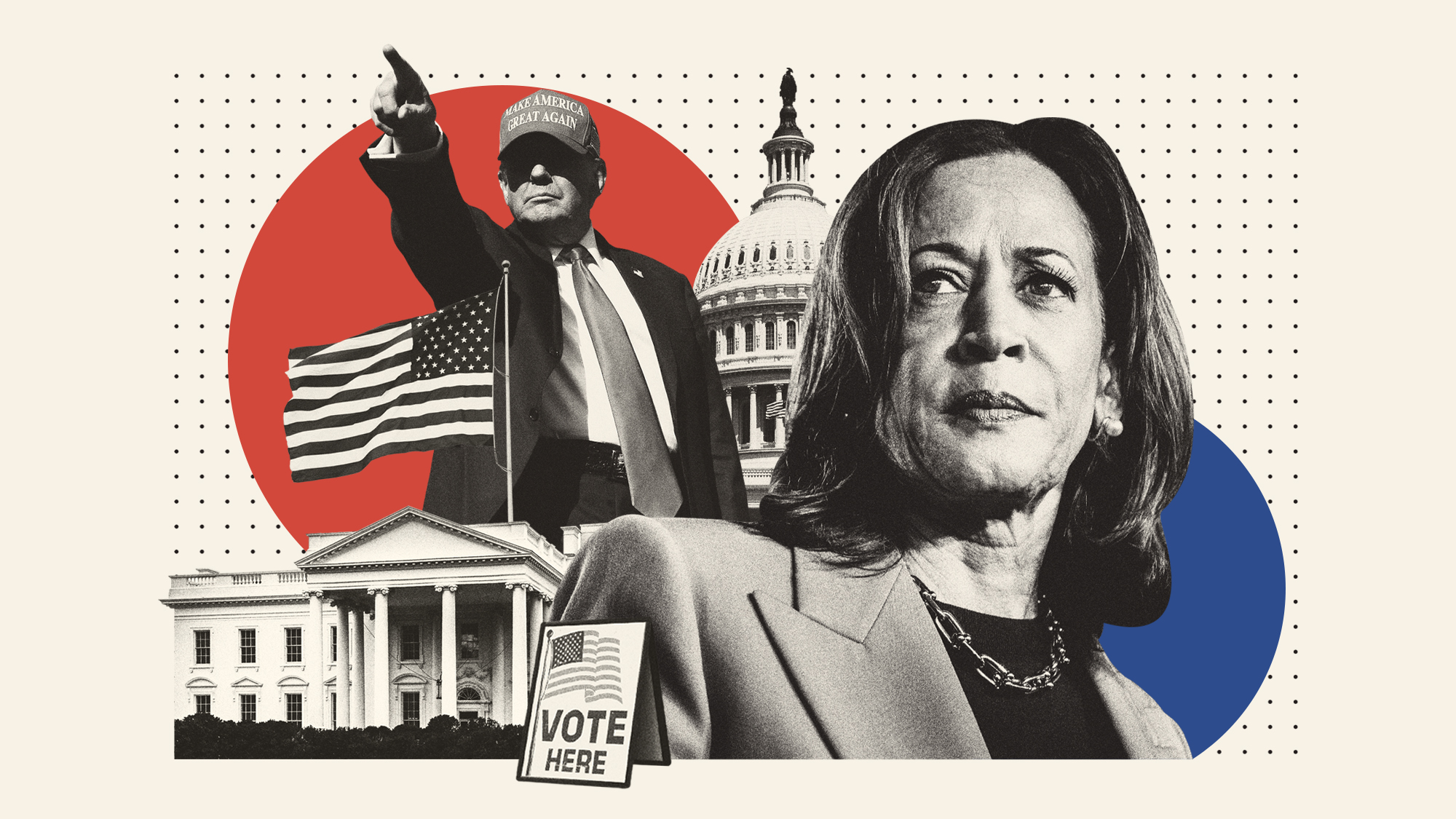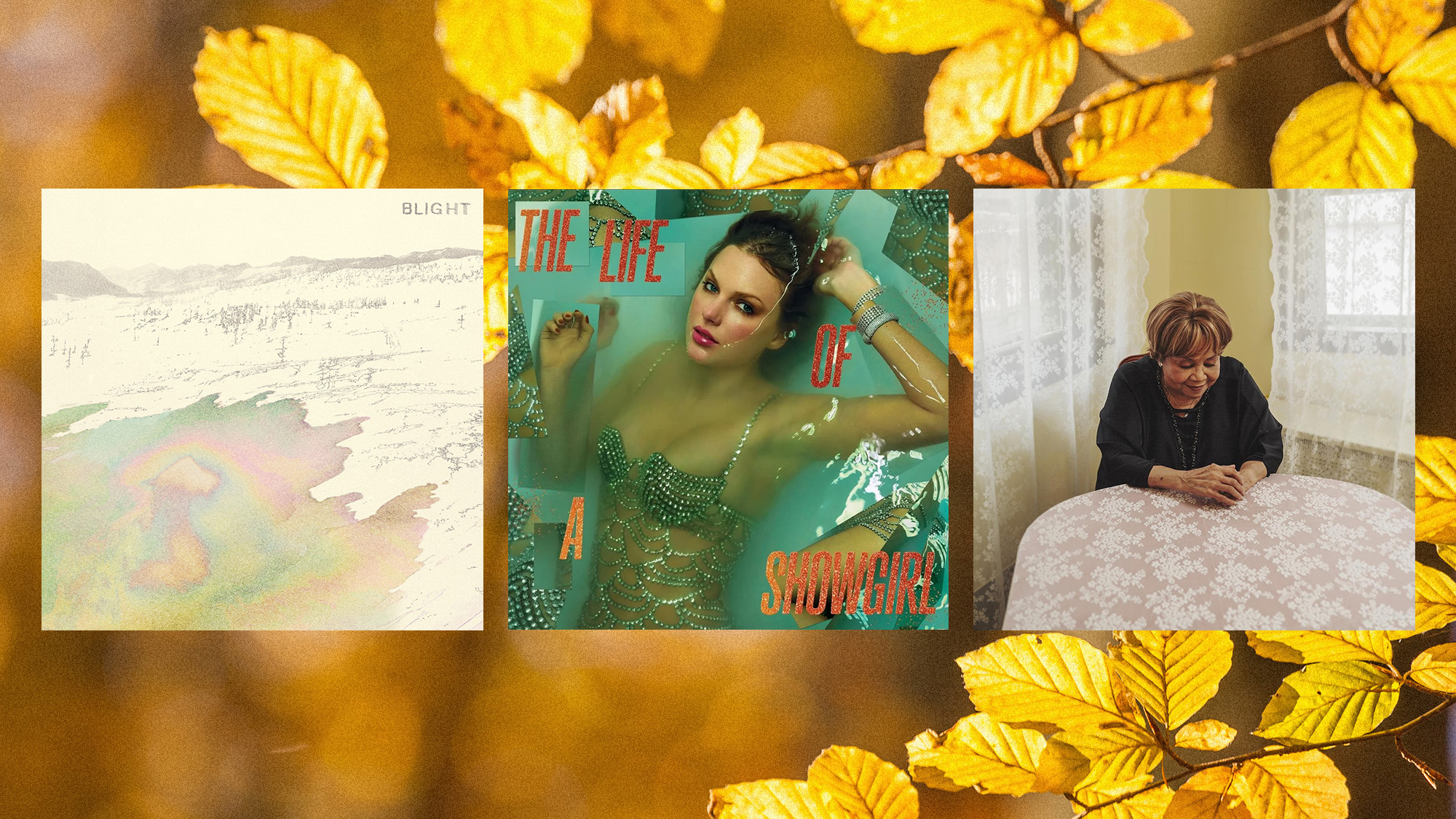The incredible transformation of the Democratic Party
Younger! More progressive! More diverse! And happening now.


The Democratic Party is undergoing an incredible transformation before our very eyes, indisputably becoming younger, more diverse, and more progressive.
Still, many political wags remain obsessed with applying the narrative of Democrats' 2016 schism onto what they see today. Does the victory of Alexandria Ocasio-Cortez over senior House leader Joe Crowley in New York mean that the progressive wing is ascendant? What about the slightly-more-moderate Gretchen Whitmer's primary win over progressive Abdul El-Sayid in the Michigan gubernatorial primary? Does veteran Illinois Democratic House moderate Dan Lapinski's narrow triumph over his more liberal primary challenger Marie Newman mean that the party's center is holding? Or does the rough road for a sitting representative with no scandals indicate that time is running out for Lapinski's centrist style of politics?
We can ask an endless series of questions like this. But the broader truth about the Democrats' incredible transformation is abundantly clear. Driven inexorably by long-term demographic and ideological trends, the party's elected officials, or at least the victorious primary candidates, are finally starting to look even more like the coalition of human beings that they represent.
The Week
Escape your echo chamber. Get the facts behind the news, plus analysis from multiple perspectives.

Sign up for The Week's Free Newsletters
From our morning news briefing to a weekly Good News Newsletter, get the best of The Week delivered directly to your inbox.
From our morning news briefing to a weekly Good News Newsletter, get the best of The Week delivered directly to your inbox.
As the wildly progressive and Democratic-leaning younger generations age into political participation, they are dragging the party, sometimes kicking and kvetching, to the left. Dan Lapinski, Joe Manchin, the DCCC — all of the actual and perceived centrist stars and constellations in the party's galaxy — are powerless to stop any of it. The younger progressive left won't destroy the party establishment — eventually they will be the party's establishment.
This is a very good thing.
Democrats have long been more diverse than Republicans. But the trend is accelerating. In this Congress, there are three times as many elected Democratic women as there are Republicans. About 37 percent of Democrats in Congress are people of color, meaning the Democratic Party itself closely reflects America's racial and ethnic makeup. The congressional GOP, on the other hand, is now 91 percent male and almost 95 percent white.
Still, there are other critical members of the Democratic Party's coalition who have heretofore been excluded from public office. There are only seven members of Congress who openly identify as LGBTQ — all Democrats, of course. But that's less than 3 percent of the party's caucus, even though LGBTQ Americans made up approximately 6 percent of those who identified as Democrats in 2012.
A free daily email with the biggest news stories of the day – and the best features from TheWeek.com
While data is hard to come by, smaller groups like U.S. Muslims supported Hillary Clinton over Donald Trump by significant margins. Yet they don't have much representation to show for it other than Reps. Keith Ellison (D-Minn.) and André Carson (D-Ind.). That's changing. This year Democrats are likely to send two Muslim women to the House: Rashida Tlaib and Ilhan Omar. They are part of a wave of dozens of Muslims running for elected office in the United States this year. In a few years, even more members of this cohort will be running for national and statewide office, and as with so many other demographics, younger Muslims are more progressive than their elders.
Since the early 1990s, women have broken hard for Democrats in presidential elections — in 2016, Hillary Clinton won women by 12 points. Moving forward, the party will need to continue winning women's votes by landslide margins if they hope to seize power at the state and national level. Yet women's representation has not kept up.
In the 115th Congress, women make up about 33 percent of the Democratic congressional delegation, certainly much better than the dismal 9 percent on the Republican side, but far from a reflection of how important women are to the Democratic coalition. This year, women, inspired in part by their revulsion at the loathsome misogynist in the Oval Office, are running for office in unprecedented numbers. They've won 65 percent of open Democratic congressional and gubernatorial primaries. More than 600 African American women are running for office nationwide. Stacey Abrams in Georgia is the first African American woman ever to be nominated by a major party to run for governor. And younger women favor Democrats by heady margins — 47 points, according to Pew.
The ongoing demographic takeover of the Democratic Party by its actual constituents is mirroring the white, male takeover of the GOP. As the Republican Party marched rightward after the Civil Rights era and transformed itself into the awkward union between conservative Christians and supply-side economists, it gradually lost the support of African Americans, Latinos, women, and young people. While the party's congressional delegation is even older, whiter, and dude-ier than the people that voted for them, there's no question that Republican elected officials are a reflection of their political coalition. The runaway homogenization of the party, as evidenced by any photo of President Trump's shockingly white, male Cabinet, is increasingly functioning as a repellent for people considering joining or voting for the GOP.
But it isn't just demographic diversity. The 21st century has been characterized for some time by what Norm Ornstein and Thomas Mann call "asymmetric polarization," during which the GOP has led the way in its transformation into a rigidly ideologically minded organization. Data tracked by political scientists at UCLA shows the Republican Party, as measured by congressional roll call votes, becoming twice as conservative between 1980 and 2012, with very little movement to the left for Democrats. In many ways this is the most important story about modern American politics. Republican ideological unity and the party's willingness to deploy ruthless procedural warfare to gain and maintain power have wrong-footed Democrats for the better part of three decades now. Meanwhile, the national Democratic Party has been dominated by well-meaning pragmatists who keep getting outsmarted by their opponents.
Will 2018 finally start to change that? According to the data, this Democratic caucus is about as progressive as the last one — marginally more liberal than Democrats 10 years ago, but hardly a difference in kind like you see with the GOP. But when you think about the kinds of legislators likely to get elected in 2018, it's clear that the party is headed in a more progressive direction. Sure, some center-left Democrats won their primaries — but a number of moderates will be replaced by progressives, and the reverse is not the case. For instance, retiring Democratic Rep. Luis Gutierrez of Illinois will be replaced by Jesus "Chuy" Garcia, who ran far to the left of incumbent Chicago Mayor Rahm Emmanuel two years ago. Gutierrez is currently the 25th most liberal member of the House. Garcia will likely be in the top 10. And Joe Crowley, the 78th most liberal member of the House, will be replaced by Ocasio-Cortez, who might very well rank first.
But again, it's the bigger picture here that's more important, because whatever happens this fall it isn't going to be some quantum leap that puts Bernie Sanders in the middle of the ideological pack. Remember, by every discernible measure, millennials are the most progressive generation since the Great Depression. They are not only voting in droves for Democrats, but also expressing more progressive views about social and economic policy than current officeholders. Two-thirds of millennials, for instance, support single-payer health care, and three-quarters favor marriage equality. While less is known about Generation Z, a recent study of 18- to 24-year-olds found President Trump with just 25 percent approval and Democrats with a 26-point favorability lead over Republicans.
None of this means that individual races are meaningless and shouldn't be hard fought. But don't let that obscure the larger story: America will have a Democratic Party dominated by younger, more diverse, more progressive legislators sooner than you think.
David Faris is a professor of political science at Roosevelt University and the author of "It's Time to Fight Dirty: How Democrats Can Build a Lasting Majority in American Politics." He's a frequent contributor to Newsweek and Slate, and his work has appeared in The Washington Post, The New Republic and The Nation, among others.
-
 Ghislaine Maxwell: angling for a Trump pardon
Ghislaine Maxwell: angling for a Trump pardonTalking Point Convicted sex trafficker's testimony could shed new light on president's links to Jeffrey Epstein
-
 The last words and final moments of 40 presidents
The last words and final moments of 40 presidentsThe Explainer Some are eloquent quotes worthy of the holders of the highest office in the nation, and others... aren't
-
 The JFK files: the truth at last?
The JFK files: the truth at last?In The Spotlight More than 64,000 previously classified documents relating the 1963 assassination of John F. Kennedy have been released by the Trump administration
-
 'Seriously, not literally': how should the world take Donald Trump?
'Seriously, not literally': how should the world take Donald Trump?Today's big question White House rhetoric and reality look likely to become increasingly blurred
-
 Will Trump's 'madman' strategy pay off?
Will Trump's 'madman' strategy pay off?Today's Big Question Incoming US president likes to seem unpredictable but, this time round, world leaders could be wise to his playbook
-
 Democrats vs. Republicans: which party are the billionaires backing?
Democrats vs. Republicans: which party are the billionaires backing?The Explainer Younger tech titans join 'boys' club throwing money and support' behind President Trump, while older plutocrats quietly rebuke new administration
-
 US election: where things stand with one week to go
US election: where things stand with one week to goThe Explainer Harris' lead in the polls has been narrowing in Trump's favour, but her campaign remains 'cautiously optimistic'
-
 Is Trump okay?
Is Trump okay?Today's Big Question Former president's mental fitness and alleged cognitive decline firmly back in the spotlight after 'bizarre' town hall event



